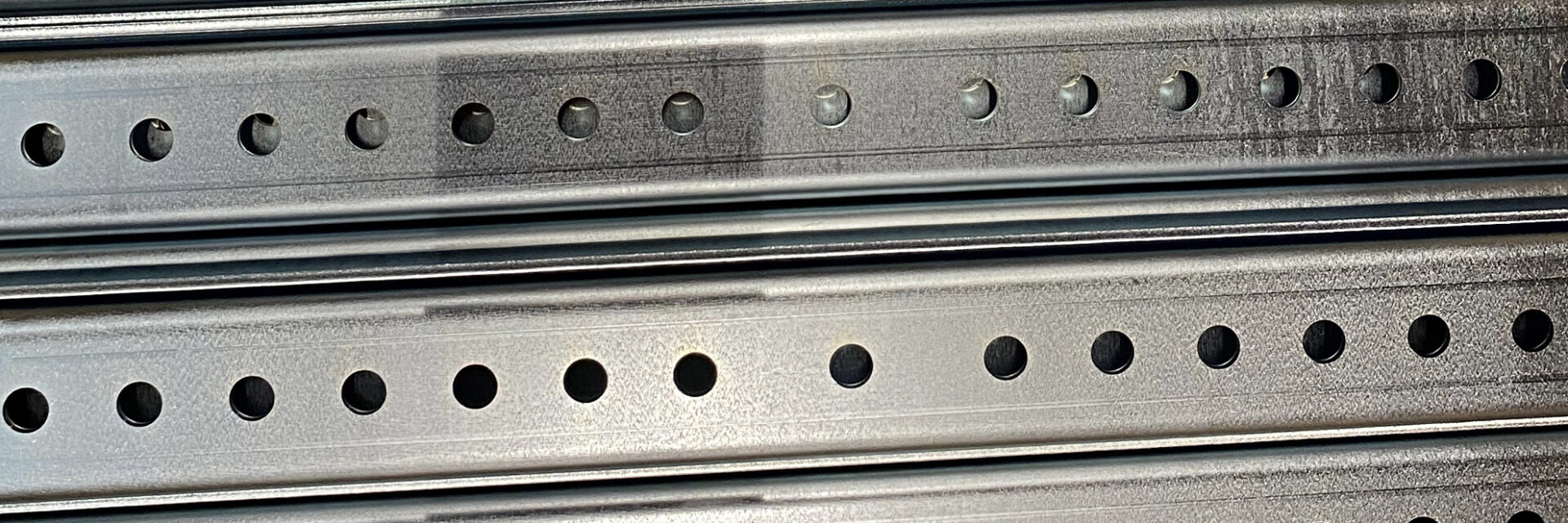Zinc plating
Zinc is a white base metal. Zinc coatings are mainly used to protect steel. The zinc layer has a lower standard potential than the substrate and is ‘sacrificed’ to protect the underlying steel from corrosion. The substrate has ‘cathodic protection’, including at the location of the pores in the zinc coating. This means the zinc coating already offers protection at low layer thicknesses. Layer thicknesses range from 5 µm to around 40 µm.
Request a quote
As a rule, zinc plating is always passivated (also referred to as chromated). In passivation, the zinc oxide top layer is converted into a chromate conversion layer. The passivation embellishes the appearance of the zinc coating and provides additional corrosion protection. Galvamé offers the following passivation treatments:
- Blue passivation
- Yellow passivation (thick-layer passivated or TLP)
- Black passivation
All passivation treatments are based on trivalent chromium, which means they are completely free of hexavalent chromium and therefore RoHS and ELV compliant. Yellow passivation has the best corrosion resistance: more than 200 hours to white rust in NSS salt spray tests. This can be further increased with a seal. Passivation layers are iridescent, meaning they can take on multiple colours, such as blue, yellow, green and purple.
- Primarily applied to steel
- Corrosion protection even at low layer thicknesses
- No extreme layer thicknesses or drop formation
- No deformation due to heat
- Wide range of colours through passivation
- Black passivation gives a uniform semi-gloss, black appearance
- Layer thicknesses from 5 µm to 40 µm

